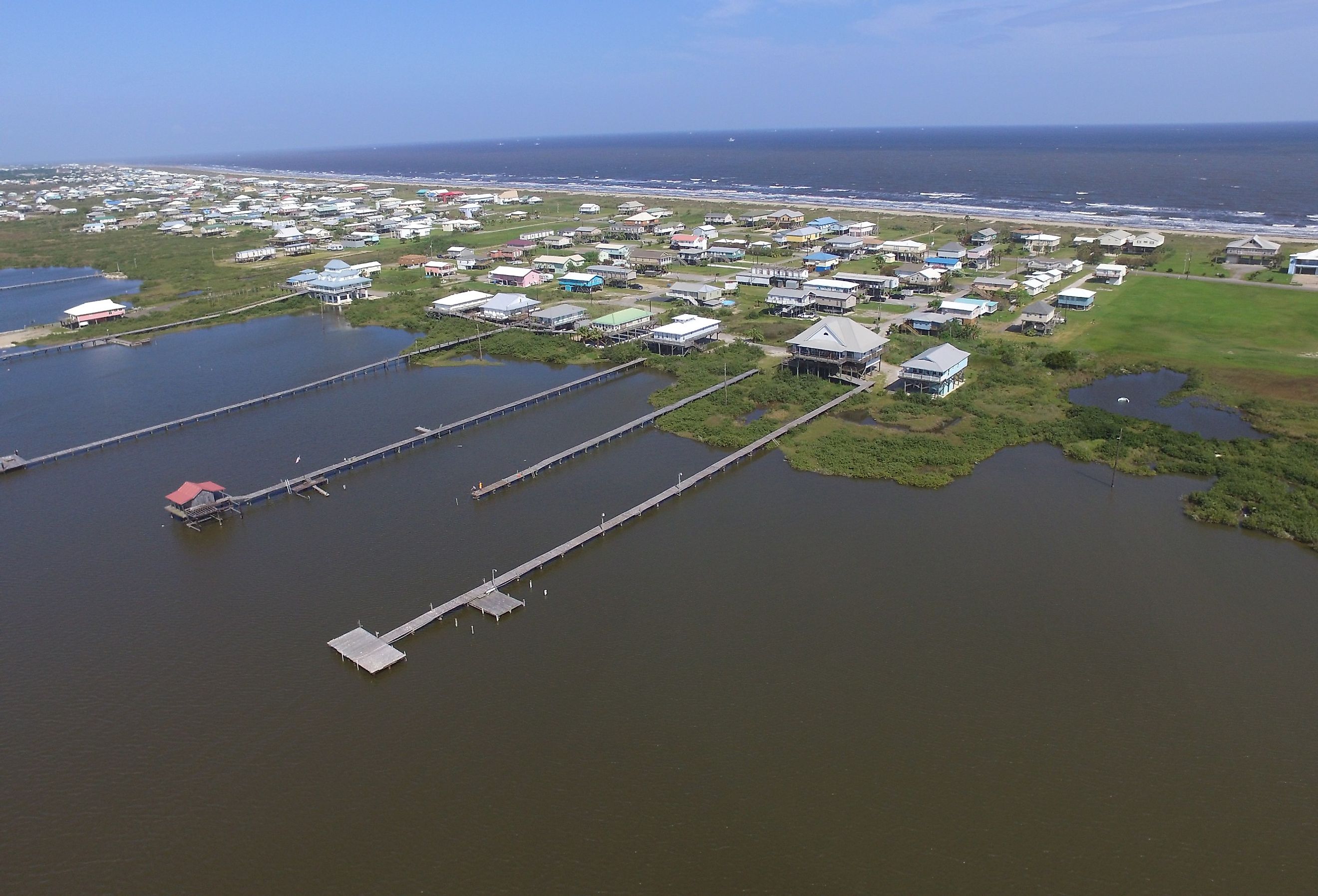
The Most Beautiful Islands in Louisiana
The state of Louisiana, otherwise known as the Pelican State, is home to about five million permanent residents. Louisiana is also home to a plethora of islands, most of which sit along its southern border. These islands help form a protective barrier from hurricanes and tropical storms for the small towns and villages along Louisiana’s jagged coast. From the Chandeleur Islands, which are about 50 miles east of New Orleans, to Honey Island and the alleged Honey Island Swamp Monster, to Grand Isle, the only populated barrier island in Louisiana and home to Grand Isle National Park, uncover some of the most beautiful islands in the Pelican State.
Grand Isle
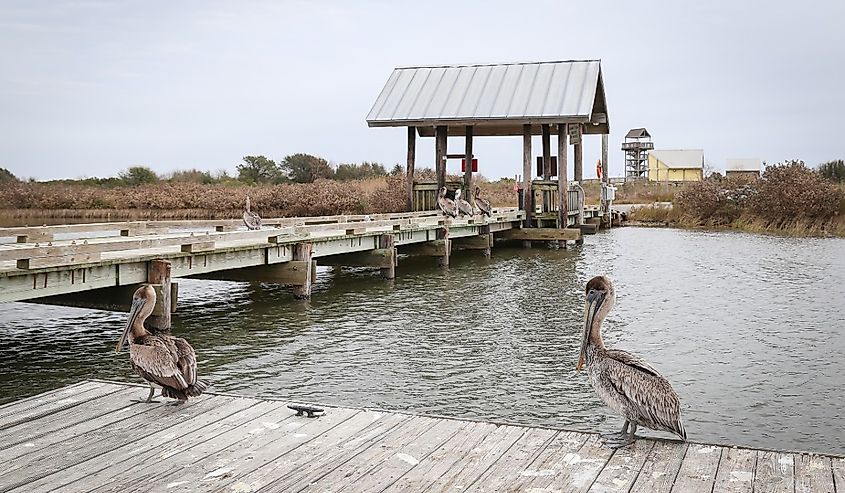
Possibly the most well-known island in all of Louisiana, Grand Isle is home to Grand Isle State Park as well as the town of Grand Isle, which has a population of around 1,000 people. Along with the scenic attributes within the borders of Grand Isle State Park, like hiking, bird-watching, fishing, and camping overnight, the entire island has a natural beauty.
From sunsets over Caminada Bay and sunrises over the Gulf of Mexico to visual interactions with the native wildlife of Grand Isle, there is a quiet tranquility lying just below this unpredictable blend of land and sea. The town of Grand Isle adds to this natural charm as well, with several festivals assisting against damage incurred by Hurricane Ida, including Island Strong Beach Fest and Island Strong Music Fest.
Chandeleur Islands
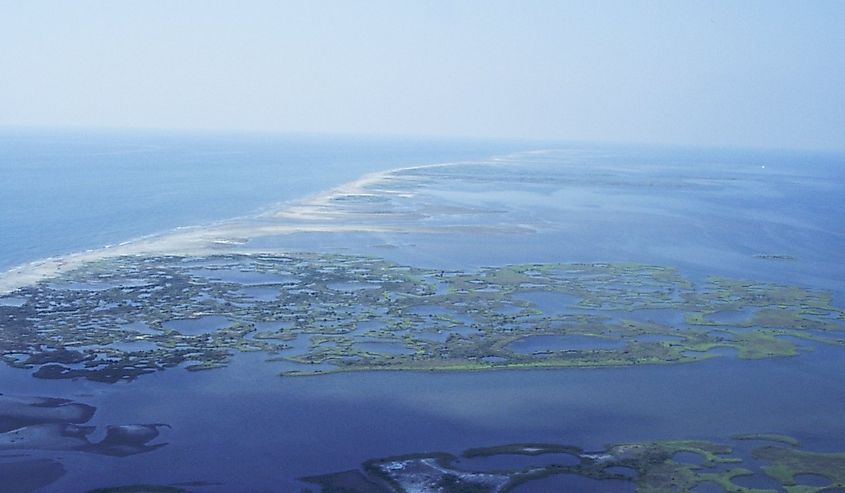
Formed over 2,000 years ago, the Chandeleur Islands are as much a part of Louisiana as Lake Pontchartrain and New Orleans. Though these islands are almost 50 miles in length, they are completely uninhabited by humans. They were once the home and site of Chandeleur Island Light, a lighthouse built in 1848, first lit in 1896, and reaching an approximate height of 100 feet until it was destroyed in 2005 by Hurricane Katrina.
The Chandeleur Islands are now primarily home to the Breton National Wildlife Refuge, which provides safe habitats to local, coastal waterfowl, like the Brown Pelican. With the assistance of the wildlife refuge, the Chandeleur Islands possess an untouched sense of nature that is hard to recreate.
Marsh Island
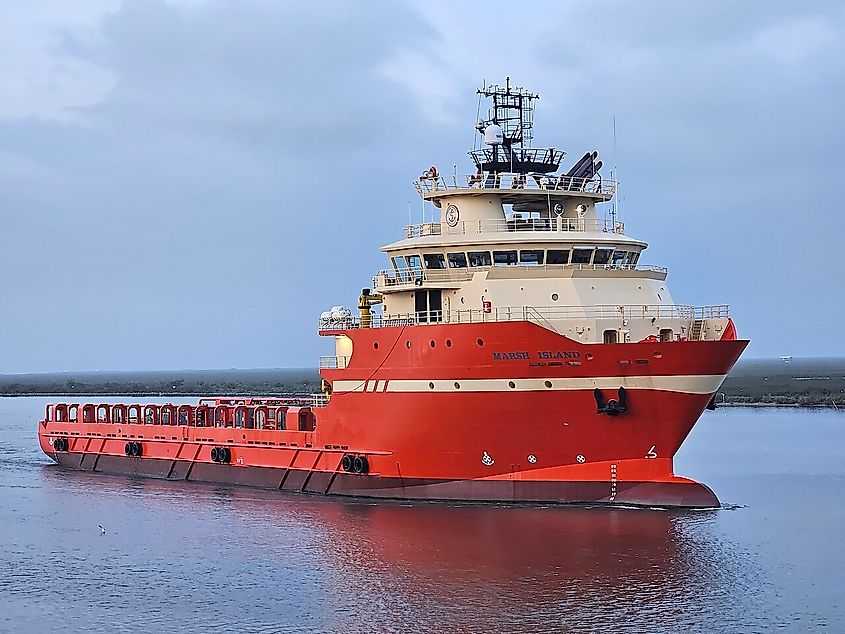
Marsh Island may be known best for its connection with the Marsh Island Wildlife Refuge, which supports and protects all kinds of animals, from various species of waterfowl to alligators. There are other attributes of this unpopulated island that attest to its beautiful yet natural character. Both Cajun Country and Captain Caviar swamp tours specialize in the history of the island, as well as, an experienced understanding of the fauna and flora thriving in the area.
Marsh Island is also home to South Point Lighthouse, which provides excellent scenic views of the Gulf of Mexico and East Cote Blanche Bay, and is a part of the Lighthouses of Louisiana tour.
Elmers Island
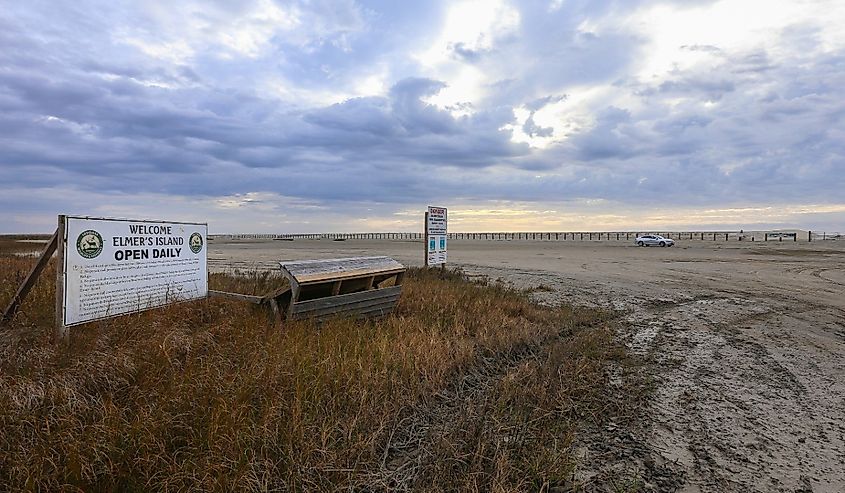
Home to Elmers Island Wildlife Refuge, an over 1,000-acre bird and animal sanctuary, Elmers Island is an uninhabited barrier island between Caminada Bay and the Gulf of Mexico. It offers a plethora of activities for the outdoor nature enthusiast, like boating and kayaking, fishing and angling, hiking and exploring, and even grabbing a great tan on the beach.
Relatively close to Grand Isle, Elmers Island possesses an abject taste of natural ambiance not felt by any inhabited island, barrier or otherwise. There are also a plethora of photographic opportunities on Elmers Island, from wading birds taking flight to the sand dunes in the sunshine and the marsh plants gently waving in the coastal breeze.
Honey Island Swamp
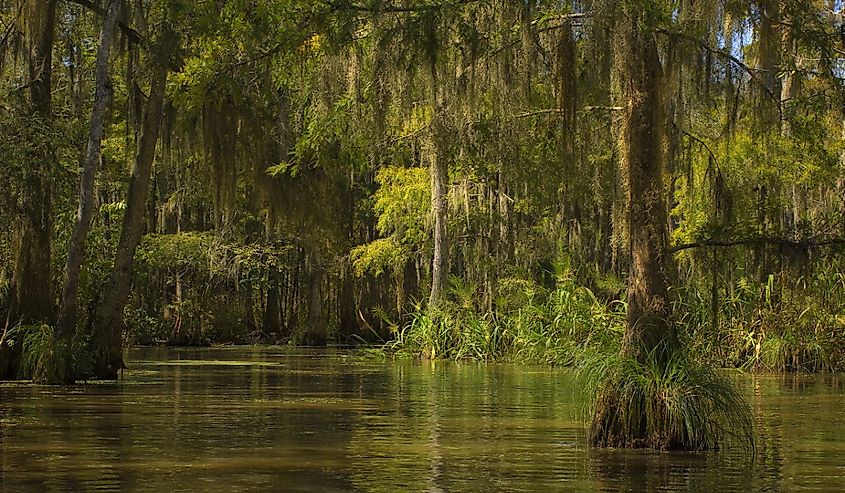
Quite similar to Marsh Island, in that about 70,000 acres of the island (that is technically swamplands) is dedicated to a nature preserve, in this case, the Pearl River Wildlife Management Area, Honey Island is well-known for its resilience in being unaltered by the endless passage of time. Home to every type of swamp animal, from feral pigs and nutria to alligators and caiman, this region is a tribute to natural beauty.
This can best be seen through one of several swamp tours, like Dr. Wagner’s out of Slidell. Honey Island Swamp is also home to an unusual phenomenon for those who crave the weird and unexplained. According to myth, there is a swamp creature that roams through the deepest parts of Honey Island Swamp.
Monkey Island
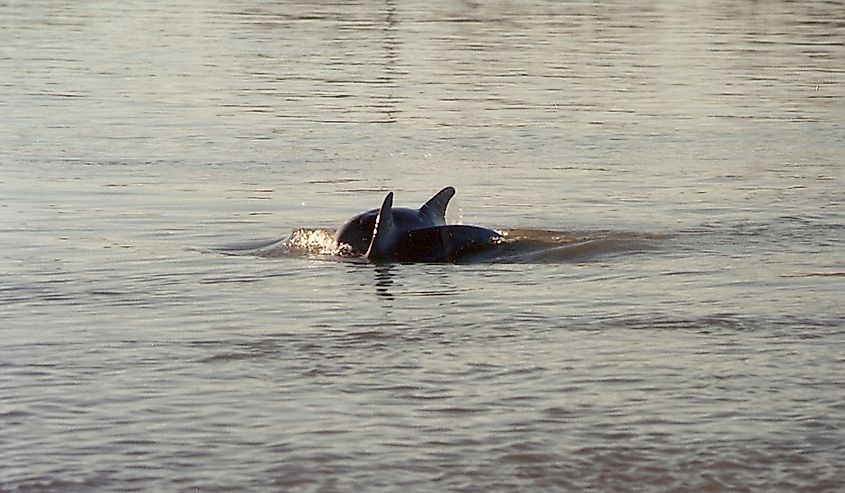
Situated between the Calcasieu Ship Channel and the Calcasieu Pass, Monkey Island is the future home of a liquefied natural gas (LNG) manufacturing facility. As LNG facilities aim for a cleaner, better environment, this will assist in maintaining safe habitats for coastal birds and animals. Monkey Island is also quite near several beaches, like Holly Beach, which rests where the channel and the pass meet, the Pevoto Woods Birds & Butterfly Sanctuary, which runs along the Creole Nature Trail, and Sabine Pass Lighthouse, which was built in the early 19th century.
And if you are hungry for local fare in the closest town of Cameron, Anchors Up Grill serves a delicious Po Boy Sandwich and French Fries Plate.
The state of Louisiana has a plethora of islands. Most of these lie along the southern edge of Louisiana’s coast and fall into the “barrier” category, aiming to protect the mainland from the destructive power of hurricanes entering the Gulf of Mexico. From the Chandeleur Islands, an ideal example of a “barrier” island, to Grand Isle, the only populated “barrier” island, these islands possess a natural beauty that incorporates their individual entities while not alienating the habitats of the wildlife.











